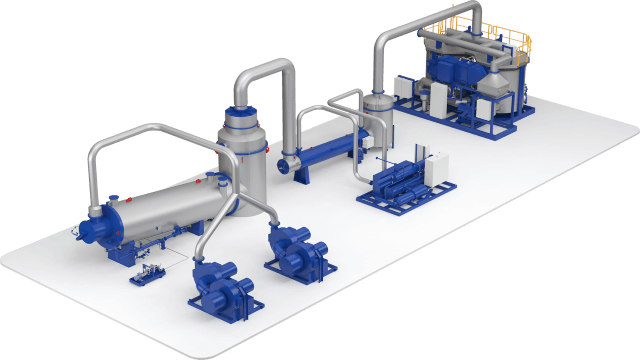Smit LNG
Alfa Laval Smit LNG/LPG is a dry inert gas generator with low pressure and low dew-point, not jeopardizing on safety and environment with highest degree of availability and operational flexibility.
Alfa Laval Marine Service
Worldwide and 24/7, Alfa Laval Marine Service is your path to greater uptime, optimized performance and true peace of mind. Our network is always on call, and our service offering brings reliability, efficiency and compliance throughout your equipment's lifetime.
24/7 Service & Support
Contact us anywhere, anytime:
+46 4636 7700
marine.service@alfalaval.com
Our global network of service centres, distribution centres and field service engineers is always ready at assist you.

